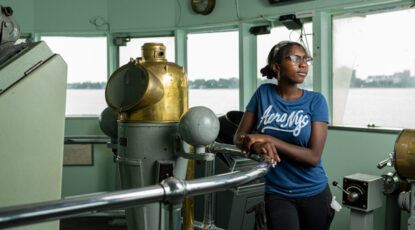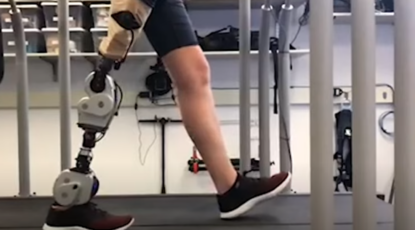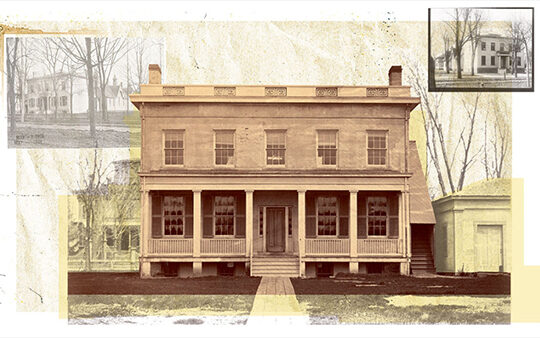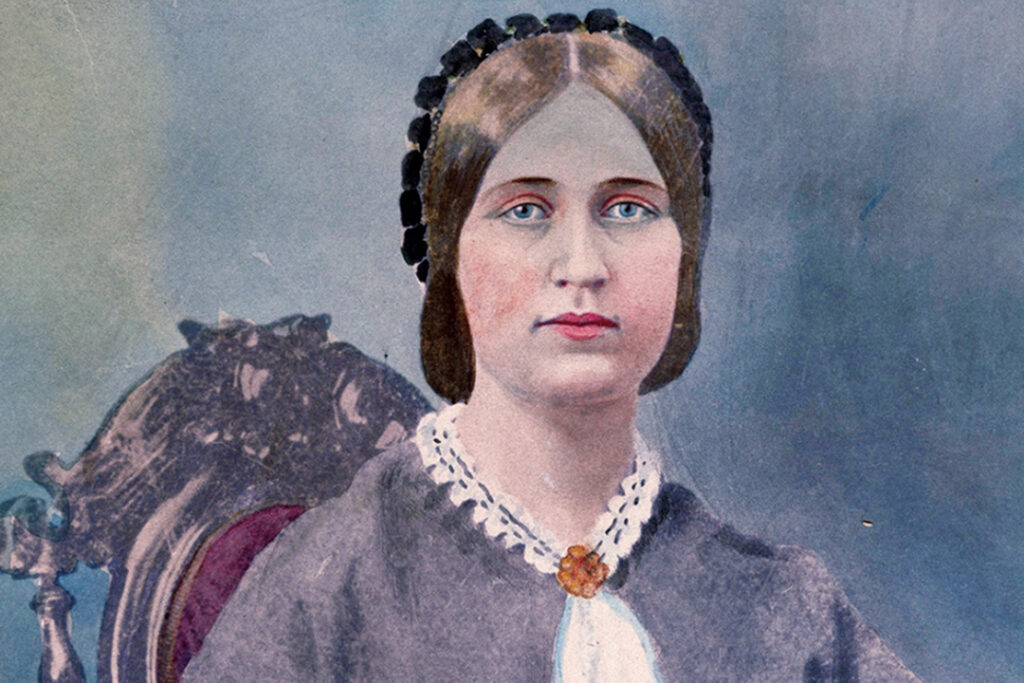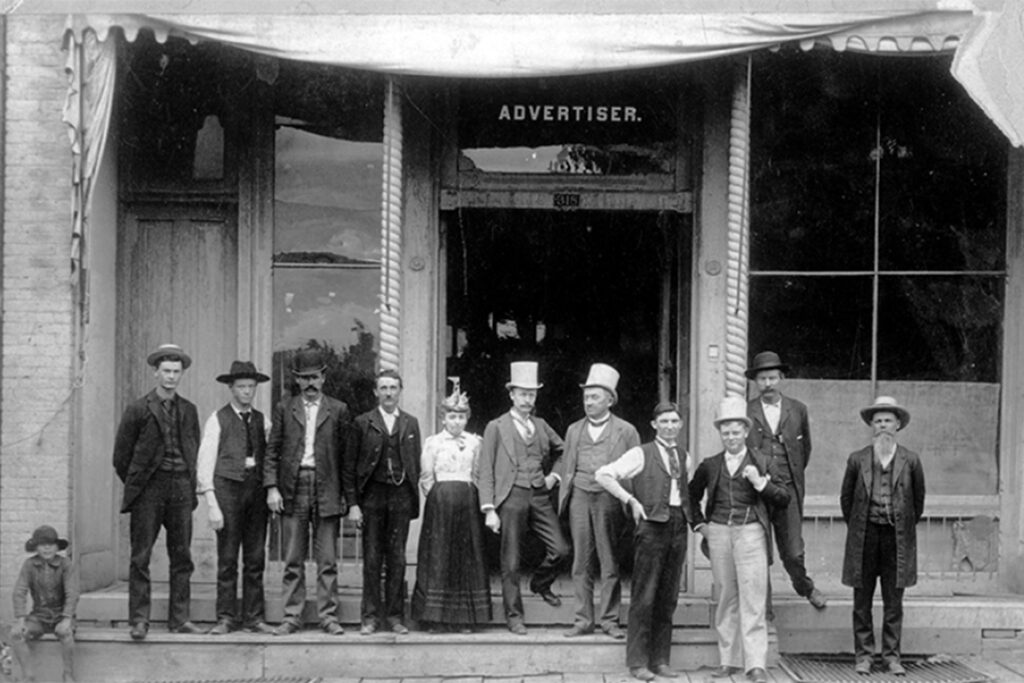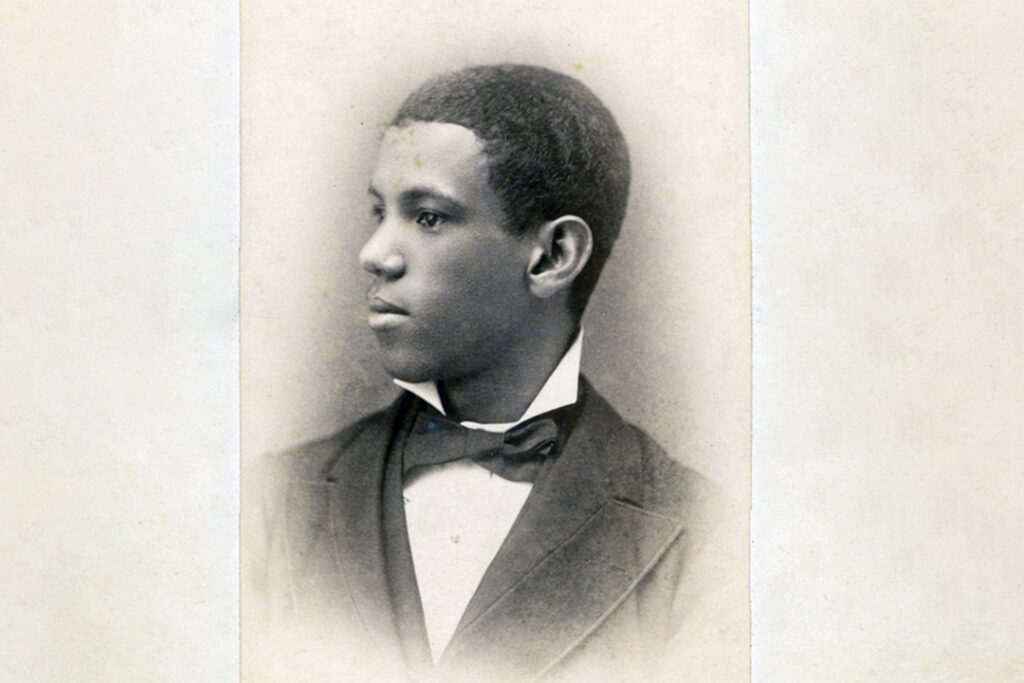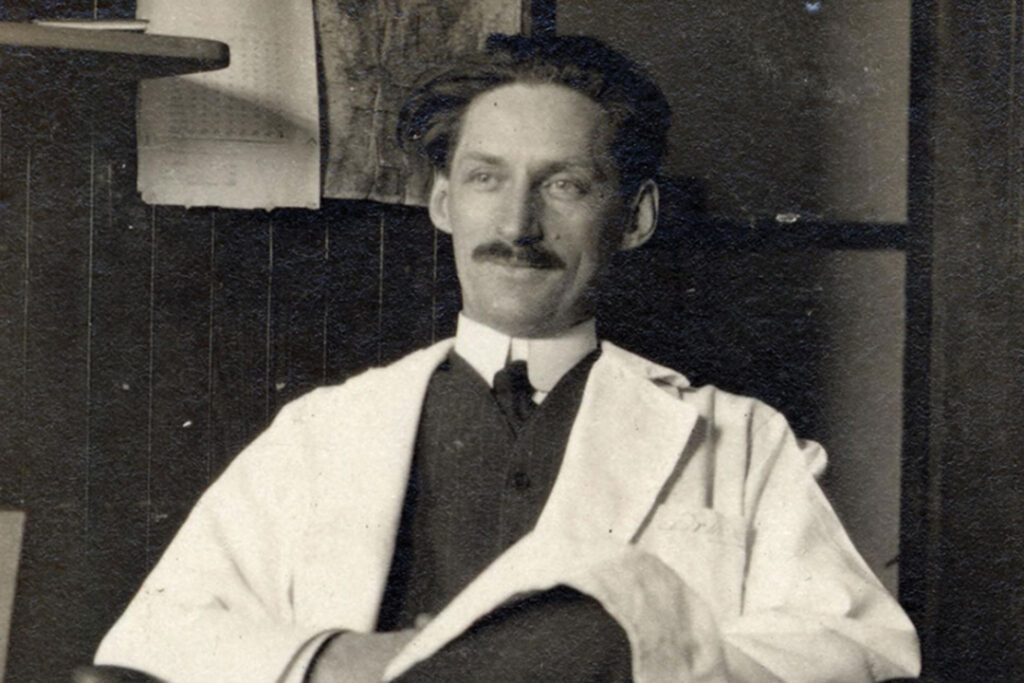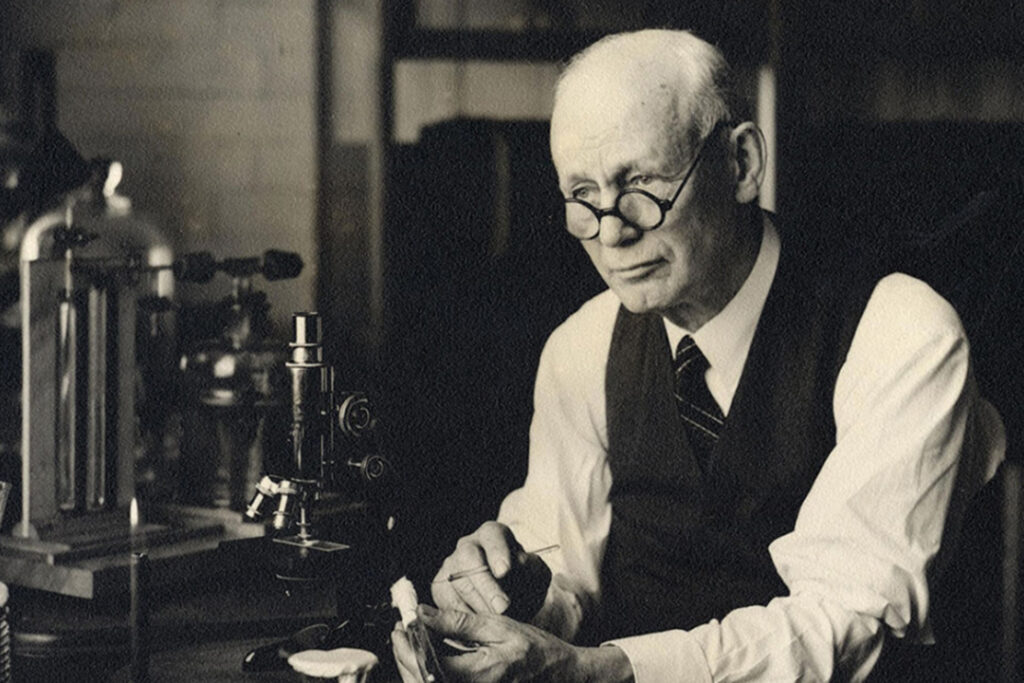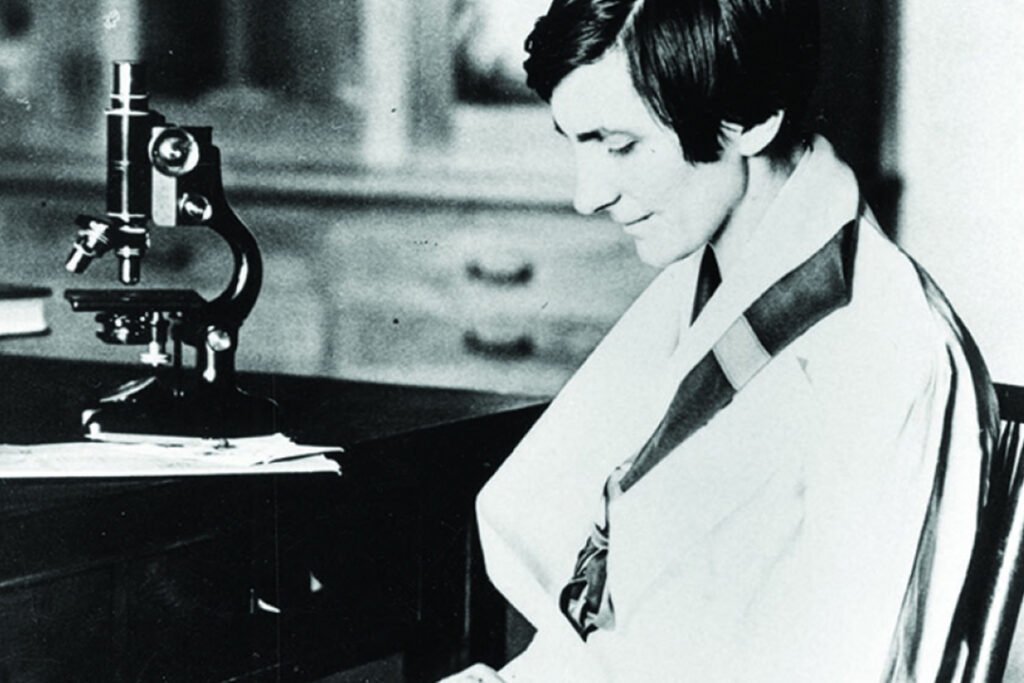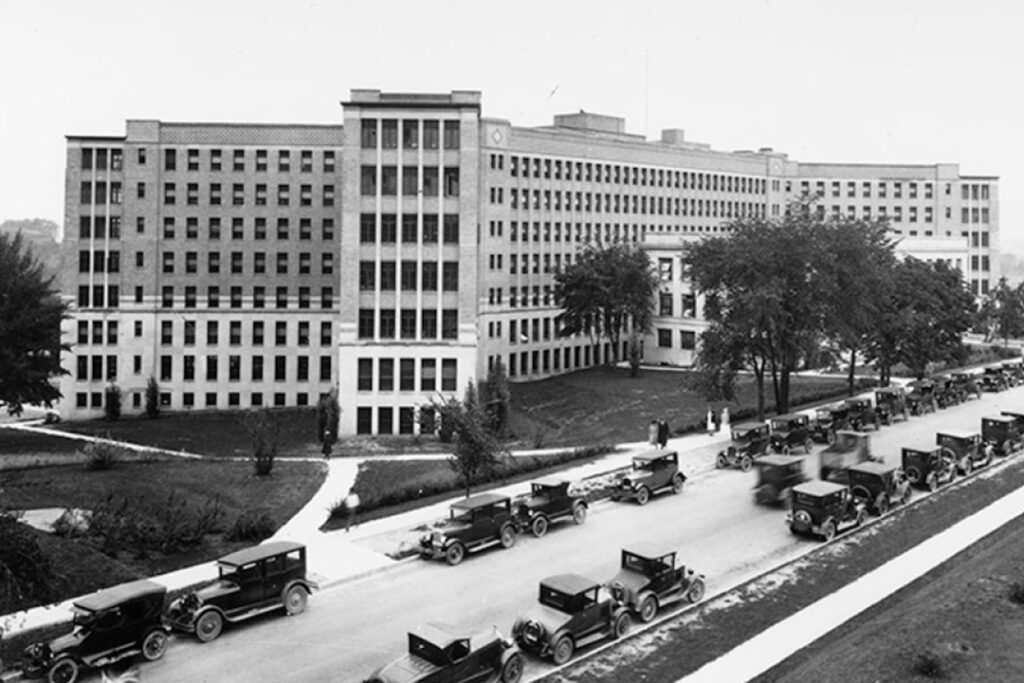Watt a journey: Lighting up the Amazon

U-M researchers and engineering students traveled to the far reaches of the Amazon rainforest to help light up rural schools and develop innovative incinerators. Their efforts will support local autonomy, preserve residents’ unique habitats, and generate ecotourism.
-
1,000-cycle lithium-sulfur battery could quintuple electric vehicle ranges
A new biologically inspired battery membrane has enabled a battery with five times the capacity of the industry-standard lithium ion design to run for the thousand-plus cycles needed to power an electric car.
-
U-M forms collaboration to advance quantum science and technology
U-M has formed a collaboration with Michigan State University and Purdue University to study quantum science and technology, drawing together expertise and resources to advance the field.
-
Detroit River narratives emerge through schooner trips, boat building
U-M’s Detroit River Story Lab partners with community groups in Flint and Detroit to teach schoolchildren about ship construction and buoyancy, river ecology, and the river’s role in the history of the Underground Railroad.
-
Spray-on coating could make solar panels snow-resistant
Researchers have demonstrated an inexpensive, clear coating that reduced snow and ice accumulation on solar panels, enabling them to generate up to 85% more energy.
-
U-M, Humotech partner to bring open-source bionic leg to research labs
First released in 2019, the open-source leg’s free-to-copy design is intended to accelerate scientific advances by offering a unified platform to fragmented research efforts across the field of bionics.
-
$30M gift to establish the Ronald Weiser Center for Prostate Cancer at Michigan Medicine
The center will be a clinically focused entity within the Rogel Cancer Center that combines expertise from three departments — Urology, Radiation Oncology and Radiology — with representatives from each discipline collaborating and serving in leadership roles.
Columns
-
President's Message
Vision, momentum, and the arts in 2025
Let's give a warm welcome to honorary Wolverine Rhiannon Giddens, artist-in-residence at the U-M Arts Initiative. -
Editor's Blog
What’s in a name?
They say every picture tells a story, right? Well at Michigan, so does every building. -
Climate Blue
Do we require catastrophe?
We need to do more than "protect and persist," warns Ricky Rood, as climate disasters wreak havoc on our lives. -
Health Yourself
Do you believe in magic? How about weight-loss meds?
Vic Katch takes a look at some 'miracle' weight-loss drugs to help understand how they work in the body.
Listen & Subscribe
-

MGo Blue podcasts
Explore the Michigan Athletics series "In the Trenches," "On the Block," and "Conqu'ring Heroes." -

Michigan Ross Podcasts
Check out the series "Business and Society," "Business Beyond Usual," "Working for the Weekend," and "Down to Business." -

Michigan Medicine Podcasts
Hear audio series, news, and stories about the future of health care.
‘An example worthy of imitation’
When they passed through the grand columns at the entrance of their just-completed building in October of 1850, the 95 students and five faculty of the University of Michigan Medical School couldn’t possibly imagine what they were starting. They also couldn’t predict the discoveries and innovations that those who followed them would make in U-M medical laboratories, classrooms, and hospitals over the next 175 years. Enjoy this historical overview and watch this video celebrating Michigan Medicine’s incredible legacy. And if you’re feeling sentimental, please share your memories of Michigan Medicine.



